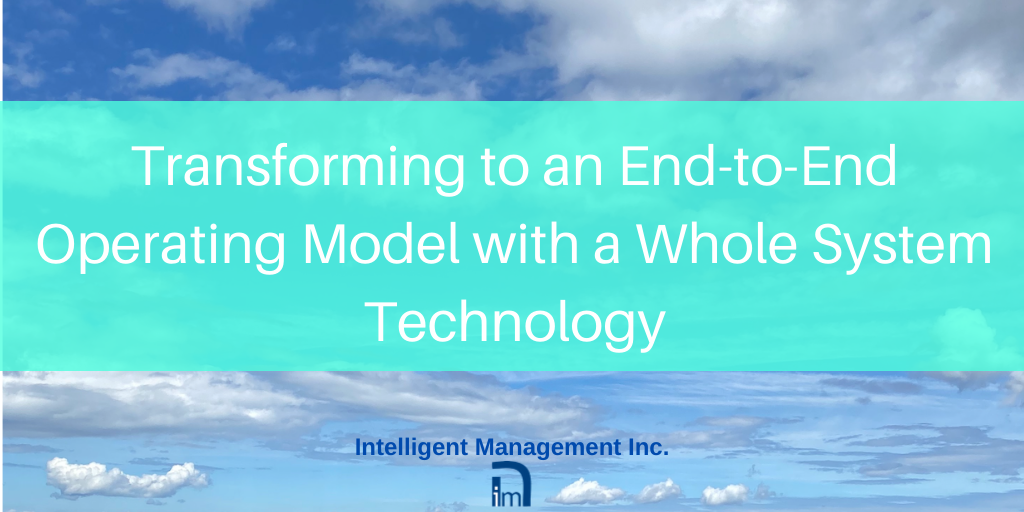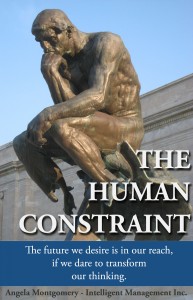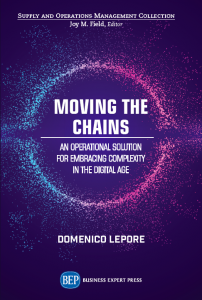
As Dr. Goldratt has pointed out, a technology is only of use when it removes a limitation. Here in Part 7 of this series, Dr. Domenico Lepore introduces the journey that led to a new technology for transformation.
Our Journey: Ess3ntial
My partners and I were not born digital; let’s say we all have vivid memories of when Sir Elton John’s “Crocodile Rock” and Bruce’s “Thunder Road” came out. We grew up in a time when computers were in their infancy and software was developed, well, pretty much starting from mathematical logic.
So, we started from there. Instead of talking to a “software guy” we approached a “math guy”. It gave us cultural comfort and cognitive solace in a fast-changing world.
We chose him carefully: highly intelligent and curious and just as software illiterate as we were. With him, we spent months discussing the ins and outs of the management approach and new organizational design we had in mind. We asked him to read and become conversant with all the management literature that was guiding our thought process. It was challenging but definitely exhilarating. The result has been over 100 pages of beautiful logic; think of it as a riveting “mathematical novel” that we then fed to hungry and smart digital kids. The choice of programming language and the fresh and easy to use interface of the software that emerged is all to their credit.
We named it “Ess3ntial” because it gets to the essence of the issue of transforming organizations from silos to systems AND it does it without unnecessary bells and whistles that may cloud its purpose.
At its very core, Ess3ntial is a cloud-based multi project platform powered by an algorithm to schedule competencies at finite capacity. It is largely inspired by Dr. Goldratt’s original work on Critical Chain but with some noticeable differences.
Ess3ntial was created to exemplify how an organization can safely move from Silos to System; to do this we had to shift the focus of the scheduling from the individual (resource) to what the individual is capable of doing (their competencies). As a result, what we schedule is a competence. This means that two individuals with the same level of competence are interchangeable in a project. And it all starts with creating a database of competencies, what a person is truly capable of contributing, regardless of the “silo” they are in. We allow actions to be performed by individuals with an appropriate competence.
Ess3ntial allows us to put the solution (injections) into action.
As projects represent the way an organization makes its bread and butter “it is only logical” (as Mr. Spock would say) to design a control mechanism that accounts for the interdependencies inherent to the project. In TOC this is called “Buffer Management” and we felt that an effective (and scientifically valid) way to portray the outcome of these interdependencies is via a chart that shows the overall progression of the project. We call this chart a “process behaviour chart”, a much less aggressive and more appropriate verbiage than “control chart”. By looking daily at the chart through the lens of variation as taught by Deming, we gain both insight and foresight that would otherwise be inaccessible into what we can expect to happen going forward.
I venture to believe we are now ready to take the first steps towards building our “Systemic Organization”. And it all starts with scheduling, the subject of the next article in this series.
Sign up to receive our weekly blog in the form at the top of this page.
OTHER ARTICLES IN THIS SERIES:
- Deming, Goldratt and Critical Chain – the Pillars for Transforming Management and Organizations Today
- A New Perspective for Business Management
- Solving the Core Problem that Prevents Companies from Achieving Sustainable Growth
- How to Scale a Business Sustainably
- The Key Ingredients of an Organization Redesign for Complexity and Speed
- How to Improve Company Culture and Performance with a Transformation Based on Competencies
- Transforming to an End-to-end Operating Model with a Whole System Technology
- Scheduling a Project – the Most Critical Activity for Every Business
Contact: intelligentmanagement@sechel.ws
SCHEDULE AN INTRODUCTORY CALL WITH US ‘







Leave a Reply